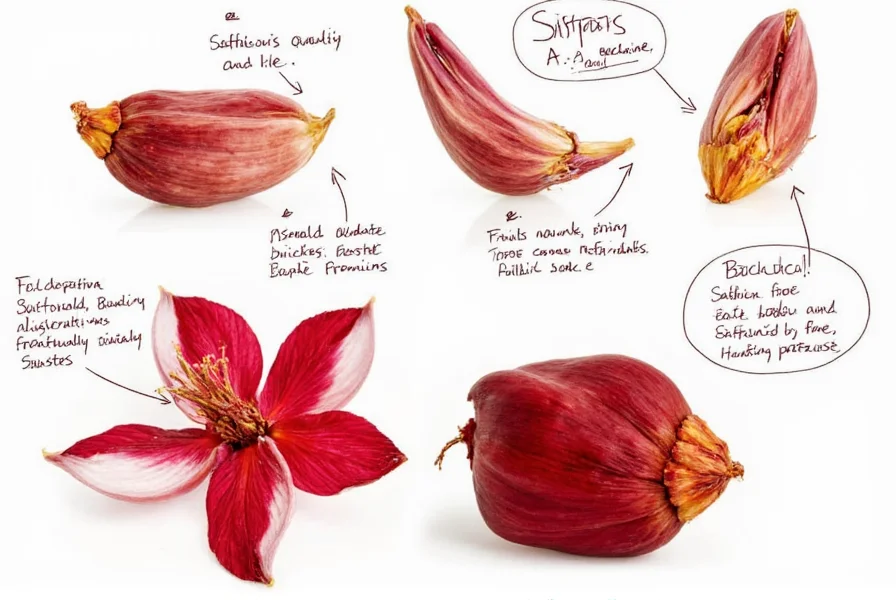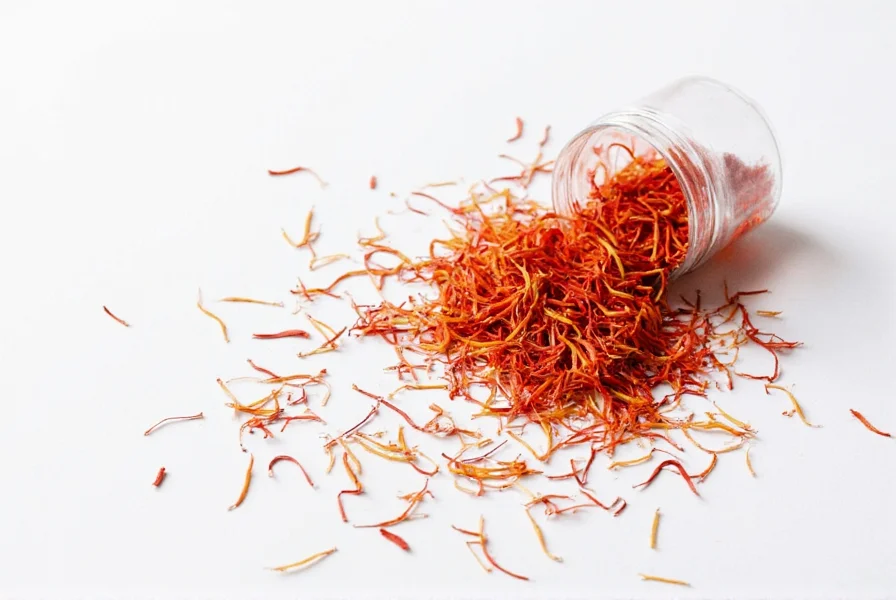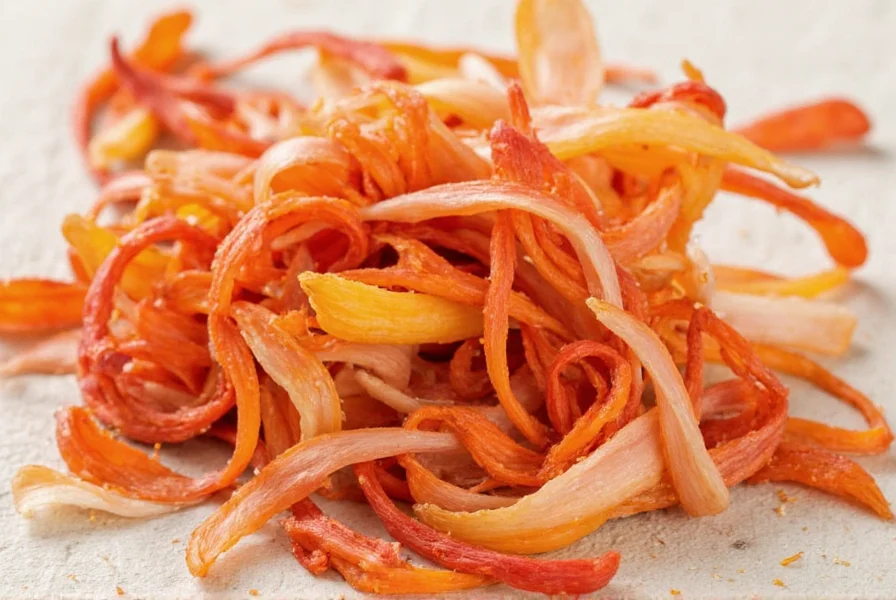Saffron Bacchus represents one of the highest quality classifications within the saffron market, though it's essential to understand how this designation fits within the broader saffron grading system. Unlike standardized ISO classifications, Saffron Bacchus typically indicates a specialty product that exceeds standard commercial grades, often representing what some producers call "extra superior" saffron.
Understanding Saffron Grading and Bacchus Classification
The international saffron market uses ISO 3632 standards to classify saffron based on crocin (color), picrocrocin (taste), and safranal (aroma) content. These measurements determine a saffron's category:
| ISO Grade | Color Strength | Characteristics |
|---|---|---|
| Coupe (Category I) | 220+ | Deep red threads, minimal yellow style, strongest aroma |
| Mancha (Category II) | 190-220 | Moderate red color, some yellow style visible |
| Rio (Category III) | 150-190 | Noticeable yellow style, lighter color |
| Sargol (Category IV) | 80-150 | Lower quality, often mixed with yellow style |
Saffron Bacchus typically exceeds standard Category I specifications, often reaching color strength measurements between 250-280. This exceptional quality comes from meticulous harvesting practices where only the deepest red stigmas are collected, with virtually no yellow style attached. The "Bacchus" designation generally indicates a producer's premium line, though it's not an official ISO classification.
What Makes Saffron Bacchus Distinctive
The distinctive qualities of authentic Saffron Bacchus include several measurable characteristics that set it apart from standard premium saffron:
- Color intensity: When steeped in warm liquid, Bacchus saffron produces an intense golden-yellow hue that deepens to rich amber within minutes
- Aroma profile: Features a complex scent with honeyed notes, subtle earthiness, and floral undertones without any musty or medicinal qualities
- Thread morphology: Long, uniformly deep red threads with minimal breakage and virtually no visible yellow style
- Solubility: Dissolves completely in liquid without leaving residue, indicating proper drying and processing
When evaluating potential saffron bacchus quality indicators, consumers should look for packaging that includes ISO certification numbers, harvest dates, and country of origin. The most authentic Saffron Bacchus typically originates from specific regions in Iran, Spain, or Kashmir where traditional cultivation methods are preserved.

Saffron Bacchus vs. Standard Premium Saffron
Understanding the differences between Saffron Bacchus and standard premium saffron (often labeled as Coupe or Category I) helps consumers make informed decisions. While both represent high-quality saffron, several key distinctions exist:
- Color strength: Standard premium saffron begins at 220 on the ISO scale, while Saffron Bacchus typically measures 250+, indicating significantly higher crocin content
- Harvesting precision: Bacchus-grade saffron undergoes more selective harvesting, with workers removing even slight imperfections that might be acceptable in standard premium grades
- Processing standards: Bacchus saffron often follows stricter drying protocols at lower temperatures to preserve volatile compounds
- Shelf life: Due to superior processing, authentic Saffron Bacchus maintains its quality characteristics longer than standard premium saffron
When conducting saffron bacchus comparison testing, culinary professionals note that Bacchus-grade saffron requires approximately 20-25% less quantity to achieve the same color and flavor impact as standard premium saffron, making it more cost-effective despite the higher initial price.
Authenticating Genuine Saffron Bacchus
With saffron being one of the most adulterated spices globally, verifying authentic Saffron Bacchus requires careful examination. Here are reliable methods to confirm authenticity:
- Water test: Place a few threads in warm water; genuine Saffron Bacchus will gradually release a rich golden color over 15-20 minutes without immediate discoloration
- Paper test: Place threads on absorbent paper; authentic saffron leaves a yellow halo without red bleeding
- Smell assessment: Should emit a sweet, honey-like fragrance without any chemical or medicinal notes
- Visual inspection: Look for uniform deep red color with minimal to no yellow style visible
For those researching how to identify authentic saffron bacchus, third-party laboratory testing remains the most reliable verification method. Reputable suppliers should provide ISO certification documentation showing specific crocin, picrocrocin, and safranal measurements.
Culinary Applications and Value Assessment
Saffron Bacchus's superior quality makes it particularly valuable for specific culinary applications where saffron's flavor and color are central to the dish. Chefs specializing in Persian, Spanish, and Indian cuisines often prefer Bacchus-grade saffron for signature dishes like:
- Traditional Persian tahdig and jeweled rice dishes
- Spanish paella where saffron's color is critical
- French bouillabaisse requiring subtle saffron infusion
- Indian biryanis where saffron's aroma must shine through
When evaluating saffron bacchus price versus quality, consider that genuine Bacchus-grade saffron typically costs 30-50% more than standard premium saffron. However, its superior potency means you'll use less quantity per serving, potentially making it more economical for professional kitchens despite the higher upfront cost.

Proper Storage for Maximum Longevity
To preserve the exceptional qualities of Saffron Bacchus, proper storage is essential. Exposure to light, air, and moisture rapidly degrades saffron's volatile compounds. Follow these storage guidelines:
- Store in an airtight container made of dark glass or opaque material
- Keep in a cool, dark place away from heat sources
- Maintain consistent temperature (ideally below 70°F/21°C)
- Use within 6-12 months for optimal flavor and color impact
For extended storage of premium saffron bacchus preservation, consider dividing larger quantities into smaller vacuum-sealed portions to minimize air exposure each time the container is opened. Never store saffron in the refrigerator due to moisture risks.
Common Misconceptions About Saffron Bacchus
Several misconceptions surround Saffron Bacchus that can lead to purchasing decisions based on inaccurate information:
- Misconception: "Bacchus" indicates a specific geographic origin
Reality: Bacchus is a quality designation, not a regional indicator - Misconception: All red-colored saffron is Bacchus grade
Reality: Color alone doesn't determine grade; chemical composition is critical - Misconception: Bacchus saffron must come from a specific country
Reality: While certain regions produce more Bacchus-grade saffron, quality depends on processing, not origin alone
Understanding these distinctions helps consumers navigate the complex saffron bacchus market differentiation and make informed purchasing decisions based on actual quality metrics rather than marketing claims.











 浙公网安备
33010002000092号
浙公网安备
33010002000092号 浙B2-20120091-4
浙B2-20120091-4